Best
Amplifier
for Home
-
Overall: Simple Control Layout
-
Best Feature: No-frills 15-Watt All-Tube Power
-
TedScore™: 9/10
Best
Versatile Amp
Deluxe VERSATILE TUBE AMPLIFIER
-
Overall: 40-Watt All-Tube Power
-
Best Feature: Three-Channel Design
-
TedScore™: 10/10
Best
Amp for Blue and Rock Guitarists
-
Overall: 15-Watt All-Tube Power
-
Best Feature: Includes a high-quality spring reverb
-
TedScore™: 9/10
Are you torn between the Fender Blues Junior vs Pro Junior?
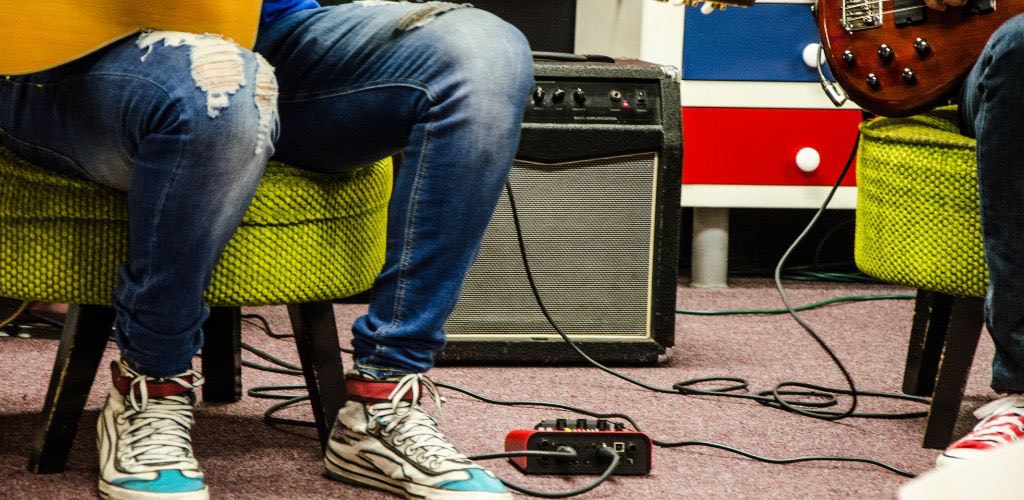
In the ultimate showdown of tone and portability, these two iconic amps have sparked countless debates among musicians. We’ll compare the Fender Blues Junior and Pro Junior, exploring their unique features, sound quality, and ideal use cases.
Understanding the differences will help you make the right choice for your sound. Get ready to discover which amp will elevate your playing and bring your music to life!
The Basics: What’s in a Name?
Before we explore deep, let’s break down what each amp is all about.

The Fender Blues Junior is a 15-watt, all-tube combo amp that’s perfect for blues, rock, and everything in between. With its three 12AX7 preamp tubes and two EL84 power tubes, this little beast packs a punch.
Fender Blues Junior IV
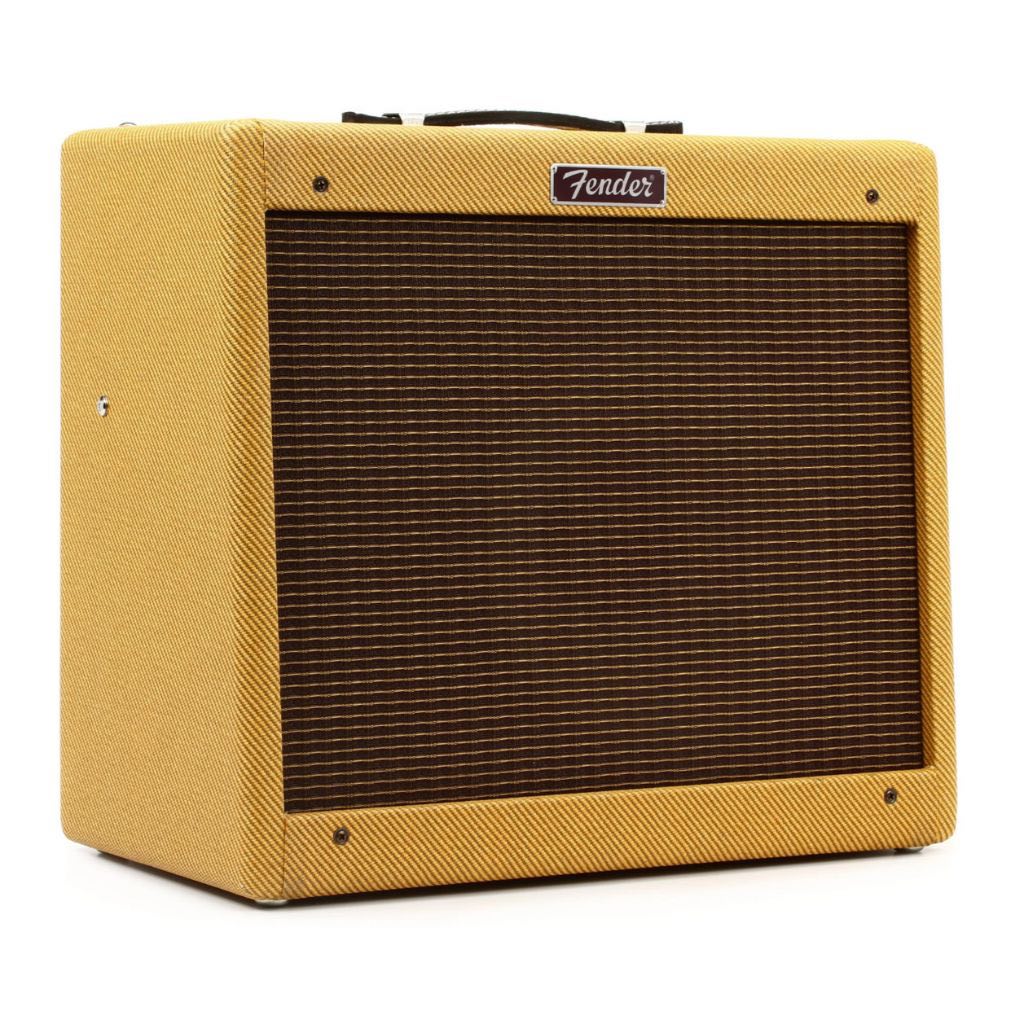
FEATURES: 15-Watt All-Tube Power
OTHER INFO: Includes a high-quality spring reverb
- Weighing around 31 pounds and featuring a compact design
- With straightforward controls and a user-friendly layout
- Limited Headroom
When you click ‘Check Price’, you’ll see there are loads of great places to buy this item. Our personal favorite is Sweetwater for the US, and Thomann and Gear4Music for the UK & Europe.
They are the largest music retailers, with excellent customer service, competitive prices, really fast shipping, and the longest guarantees.
The professional musician who wrote this article combined many things,
from the product build, manufacturer’s reputation through to feedback
from other users, to create our famous TedScore™.

The Fender Pro Junior, on the other hand, is a simpler, no-frills 15-watt amp with a single channel. It features two 12AX7 tubes in the preamp and two EL84 tubes in the power section, delivering a straightforward yet powerful sound.
Fender Pro Junior IV
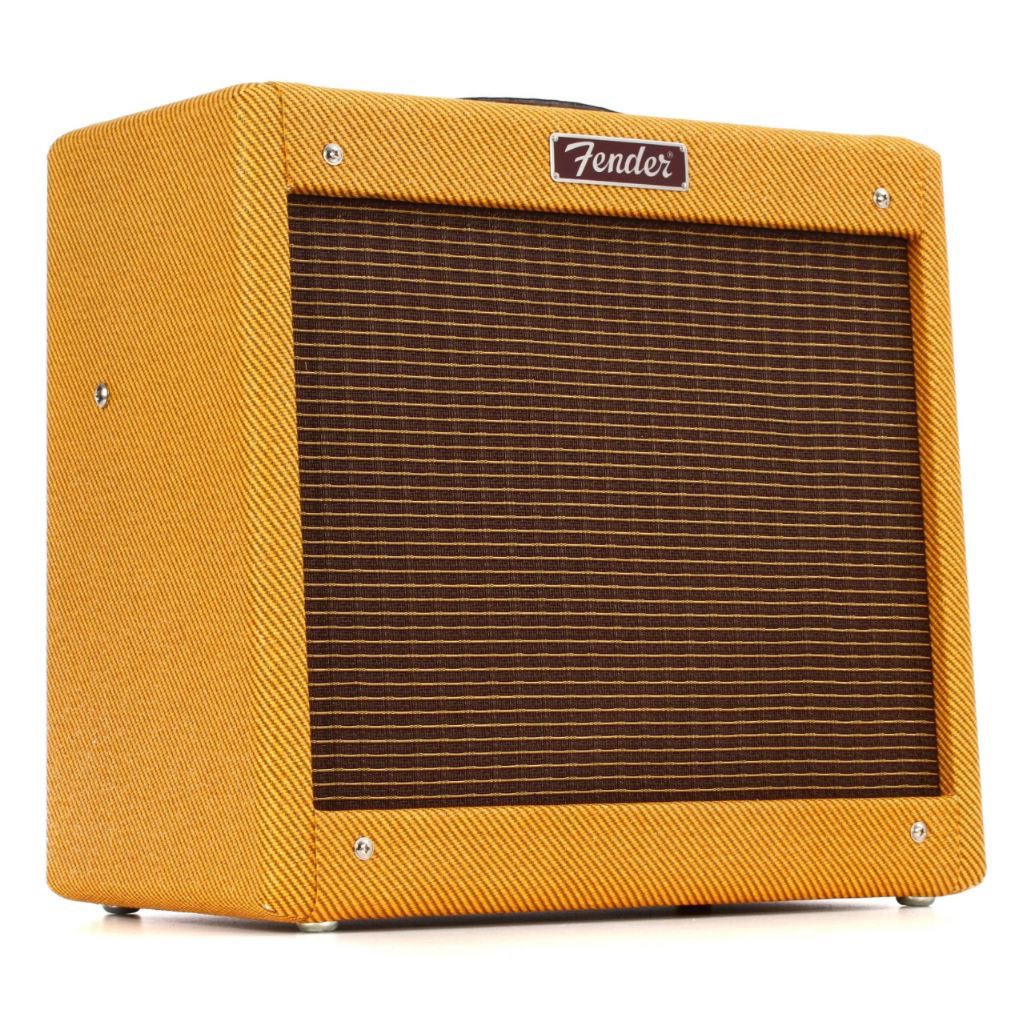
FEATURES: Simple Control Layout
OTHER INFO: No-frills 15-Watt All-Tube Power
- Rich Tube Tone ideal for blues, rock, and other genres
- Compact and easy to transport
- Absence of an effects loop can limit the use of certain pedals
When you click ‘Check Price’, you’ll see there are loads of great places to buy this item. Our personal favorite is Sweetwater for the US, and Thomann and Gear4Music for the UK & Europe.
They are the largest music retailers, with excellent customer service, competitive prices, really fast shipping, and the longest guarantees.
The professional musician who wrote this article combined many things,
from the product build, manufacturer’s reputation through to feedback
from other users, to create our famous TedScore™.
Both amps have their roots in classic Fender design, but they cater to slightly different playing styles and preferences.
Sound Quality: The Heart of the Matter
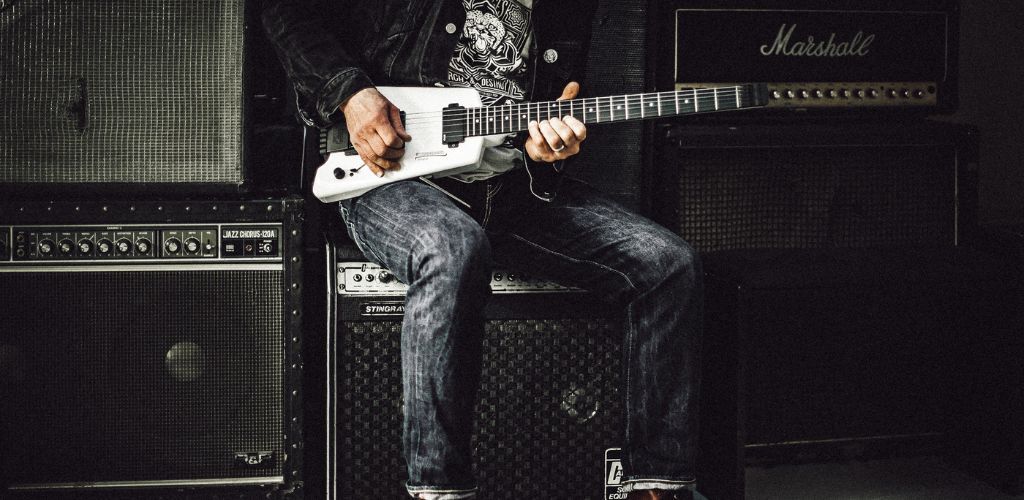
Let’s get to the juicy part: sound quality! After all, it’s what we’re all here for.
The Blues Junior is known for its warm, rich tones and dynamic response. It features a 12-inch speaker that helps produce a fuller sound, making it ideal for bluesy leads and crunchy chords.
The Pro Junior, in contrast, offers a more straightforward, raw sound. With a 10-inch speaker, it delivers a punchy tone that’s perfect for those who love a more aggressive, in-your-face vibe.
Amps have their unique tonal characteristics, so the choice really depends on your personal sound preferences.
Features: Bells and Whistles
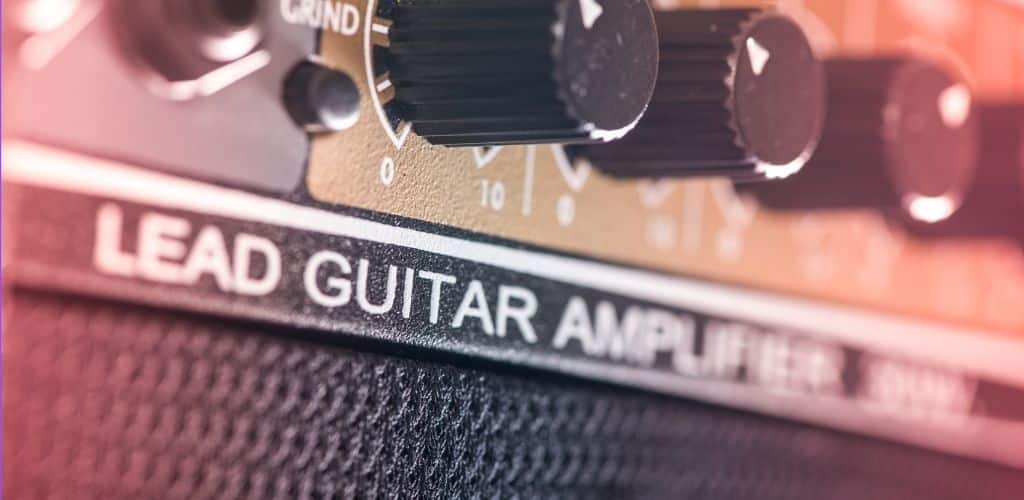
Now that we’ve established the basics, let’s examine the features that distinguish these two amps.
The Blues Junior comes equipped with a reverb tank, allowing you to add a touch of ambiance to your sound. It also has a three-band EQ, giving you more control over your tone.
The Pro Junior is all about simplicity, featuring just a volume and tone knob. This straightforward approach allows you to dial in your sound quickly, making it perfect for those who prefer a plug-and-play experience.
While the Blues Junior offers more versatility, the Pro Junior’s simplicity can be a refreshing change for some players.
Build Quality: Tough as Nails
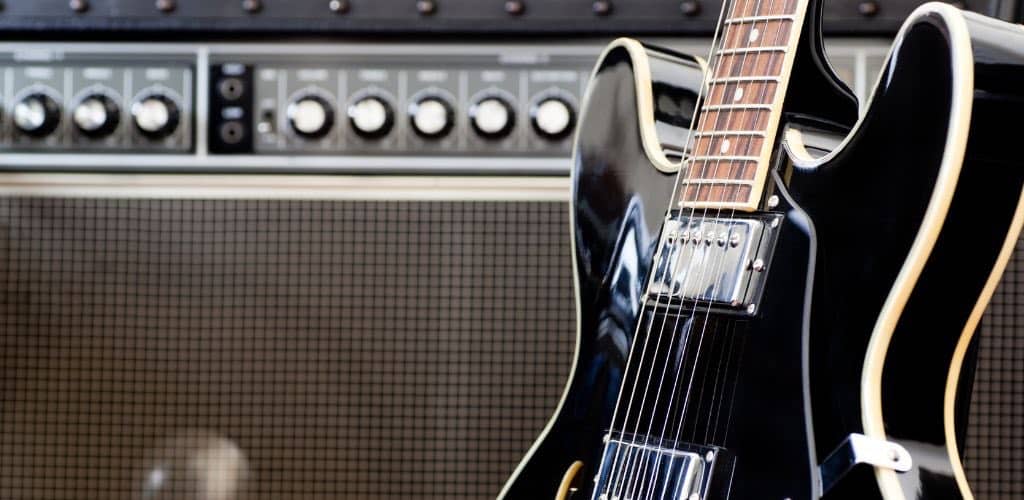
When investing in an amplifier, you want something that can withstand the rigors of gigging and practice sessions. Let’s see how these two stack up in the durability department.
The Blues Junior is built with a solid pine cabinet and a sturdy chassis, ensuring it can handle the bumps and bruises of life on the road. Its compact size makes it easy to transport, yet it doesn’t compromise on build quality.
The Pro Junior also boasts a durable construction, but it’s even lighter and more portable. Its plywood cabinet helps reduce weight without sacrificing sound quality, making it a favorite among traveling musicians.
Both amps are built to last, but if portability is a key factor for you, the Pro Junior might have the edge.
Performance: How Do They Stack Up?
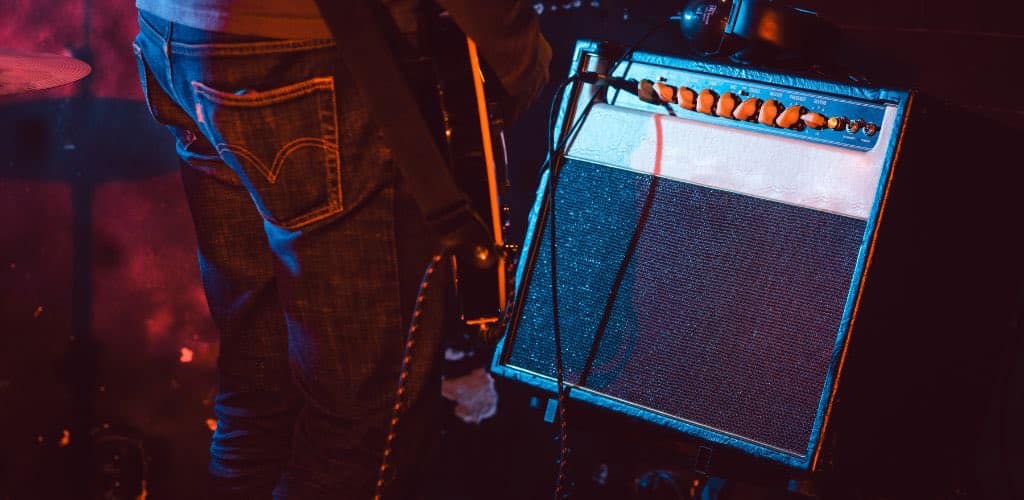
Let’s talk about how these amps perform in real-world scenarios. After all, specs are great, but how do they hold up on stage or in the studio?
The Blues Junior shines in live settings, providing enough power to fill a small venue. Its tonal versatility allows it to adapt to various genres, making it a reliable choice for gigging musicians.
The Pro Junior excels in its simplicity, delivering a raw, powerful sound that cuts through the mix. It’s perfect for those who want to plug in and let their guitar do the talking without fussing over settings.
Both amps have strengths in terms of performance, so your choice will depend on your playing style and needs.
Price Point: What’s Your Budget?

When it comes to gear, price matters. Let’s break down the cost of each amp to see which one fits your budget.
The Blues Junior typically retails for a bit more than the Pro Junior, reflecting its additional features and versatility. However, many musicians find the investment worthwhile for the added tonal options.
The Pro Junior is generally more affordable, making it an attractive option for beginners or those looking for a solid amp without breaking the bank. Its simplicity means you can get great sound without the bells and whistles.
Both amps have strengths in terms of performance, so your choice will depend on your playing style and needs.
Ideal Use Cases: Where Do They Shine?

Now that we’ve covered the specs and features, let’s discuss where each amp truly shines.
The Blues Junior is perfect for a variety of settings, from home practice to small gigs and jam sessions. Its versatility makes it suitable for blues, rock, and even jazz, allowing you to explore different styles.
The Pro Junior is ideal for players who want a straightforward, no-frills amp that’s easy to transport. It’s great for rehearsals, open mics, and casual jam sessions where you want to keep things simple.
Both amps have their unique strengths, so it’s essential to consider where and how you plan to use them.
Personal Preference:
Which One Speaks to You?
Choosing between the Blues Junior and Pro Junior often comes down to personal preference. Let’s summarize some factors to consider.
If you’re after a warmer, more versatile tone, the Blues Junior is your best bet. However, if you prefer a punchy, straightforward sound, the Pro Junior will be right up your alley.
Consider how much control you want over your sound. If you enjoy tweaking settings and exploring different tones, the Blues Junior will give you that flexibility. If you prefer simplicity, the Pro Junior is your friend.
Don’t forget to factor in your budget. Both amps offer great sound, but if you’re looking to save a few bucks, the Pro Junior is an excellent value.
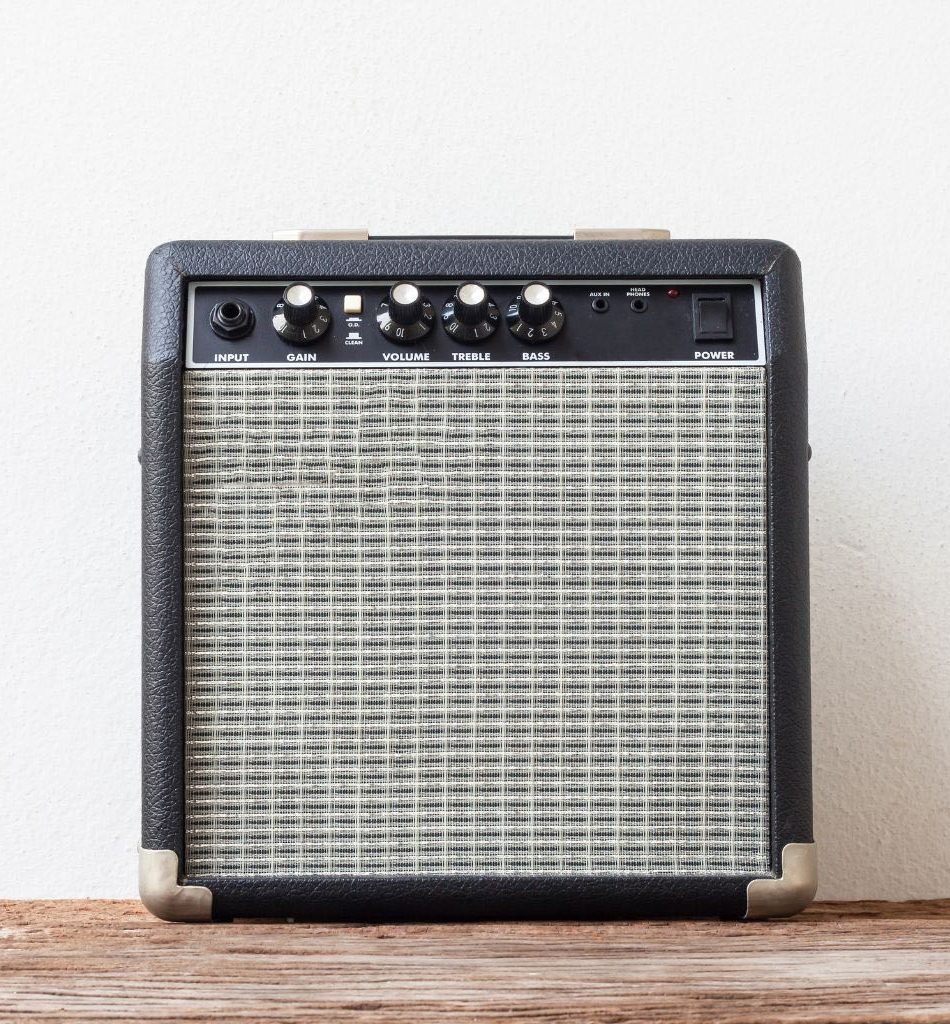

Other Fender Amp Models
Fender Hot Rod Deluxe
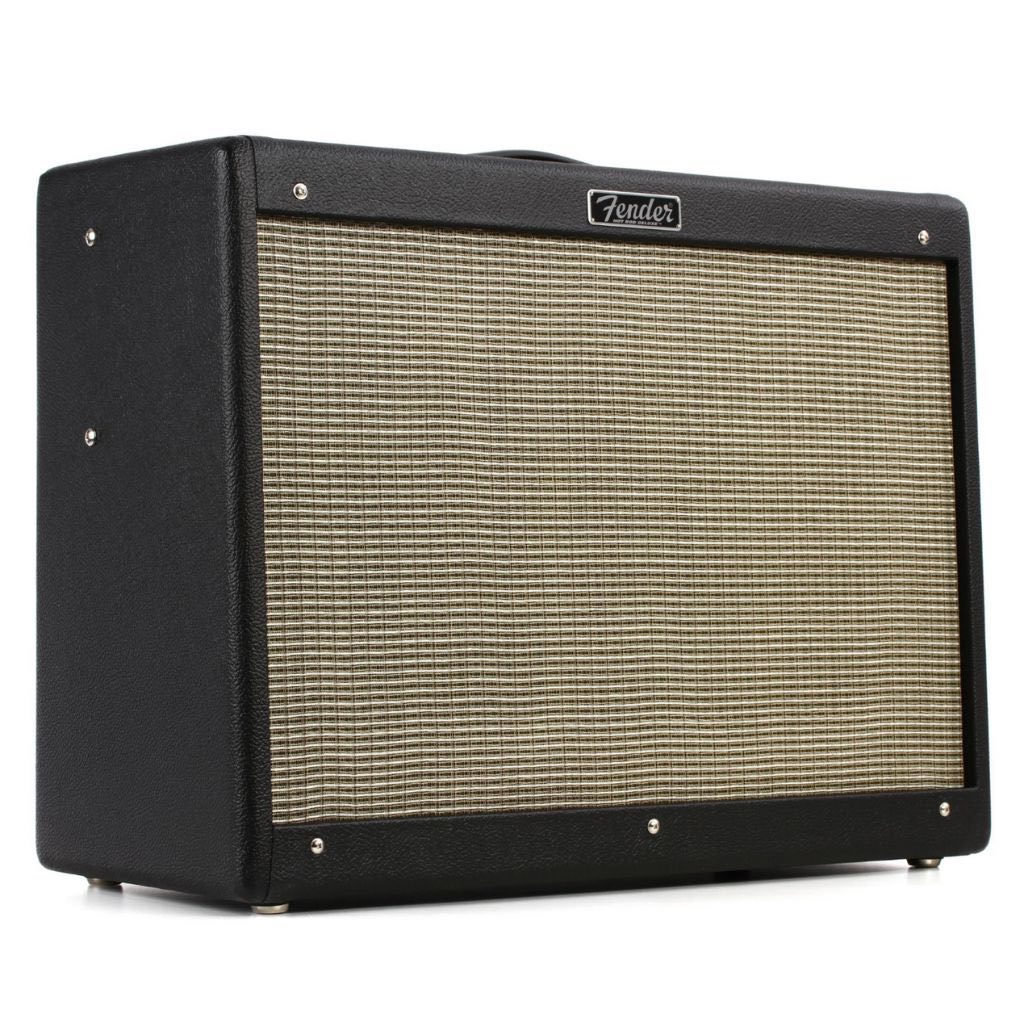
FEATURES: 40-Watt All-Tube Power
OTHER INFO: Three-Channel Design
- With its three-channel design, musicians can easily switch between clean and overdriven sounds
- High-quality spring reverb that adds depth and ambiance to the sound
- Higher than some entry-level amps
When you click ‘Check Price’, you’ll see there are loads of great places to buy this item. Our personal favorite is Sweetwater for the US, and Thomann and Gear4Music for the UK & Europe.
They are the largest music retailers, with excellent customer service, competitive prices, really fast shipping, and the longest guarantees.
The professional musician who wrote this article combined many things,
from the product build, manufacturer’s reputation through to feedback
from other users, to create our famous TedScore™.
Fender Champion 40
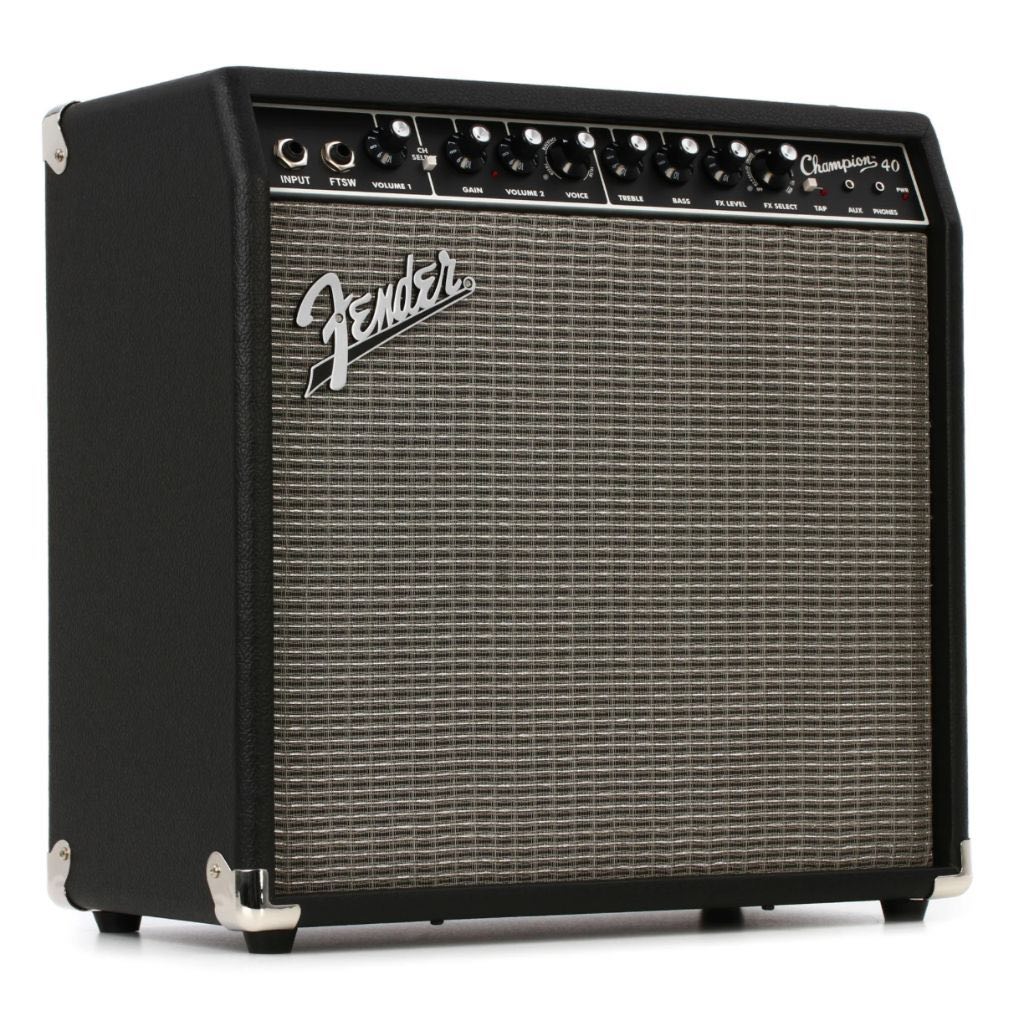
FEATURES: Multiple Amp Models and Effects
OTHER INFO: 40-Watt Solid-State Power
- Affordable Price
- User-Friendly Interface
- Basic Build Quality
When you click ‘Check Price’, you’ll see there are loads of great places to buy this item. Our personal favorite is Sweetwater for the US, and Thomann and Gear4Music for the UK & Europe.
They are the largest music retailers, with excellent customer service, competitive prices, really fast shipping, and the longest guarantees.
The professional musician who wrote this article combined many things,
from the product build, manufacturer’s reputation through to feedback
from other users, to create our famous TedScore™.
The Final Verdict:
Fender Blues Junior Vs Pro Junior
When it comes to guitar amps, finding the right balance between features and sound quality is essential for any guitar player. Many players appreciate the versatility of a solid state rectifier, which can provide reliable performance and consistent tone.
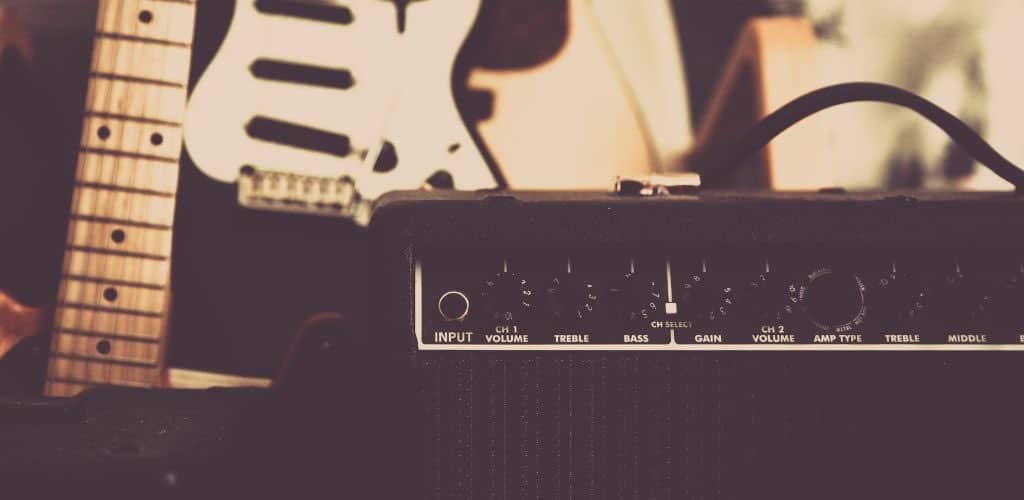
For those seeking a powerful sound, a master volume control allows for greater flexibility, enabling players to achieve the desired level of clean headroom without sacrificing tone. However, some amps can feel like a one trick pony, lacking the dynamic range needed for various musical styles.
Fortunately, there are options available that not only sounded great at lower volumes but also excel when pushed harder, making them suitable for both practice and live performances. Ultimately, the right power amp can elevate a guitarist’s sound, offering the clarity and punch needed to stand out in any setting.
Choose the Blues Junior: If you’re looking for versatility, rich tones, and extra features, the Blues Junior is the way to go. It’s a reliable workhorse that can handle a variety of musical styles and settings.
Choose the Pro Junior: If you want a lightweight, straightforward amp that delivers punchy sound without fuss, the Pro Junior is your perfect match. It’s ideal for players who appreciate the simplicity and a raw tone.
Both amps bring something unique to the table, ensuring you’ll find the right fit for your musical journey.
Hold up, we’re not finished yet…
Check out the Best Guitar Amp under $300 to find top-rated options that deliver exceptional sound quality and value without breaking the bank!
FAQ's
The Fender Blues Junior is famous due to its warm, rich tube tone and compact size, making it an ideal choice for both practice and live performances. Its versatility, affordability, and classic Fender quality also contribute to its widespread acclaim among guitarists.
The Fender Pro Junior is used by a variety of musicians, including blues and rock guitarists, such as Eric Clapton, Jeff Beck, and John Mayer, who appreciate its warm tone and portability for both studio recordings and live performances.
Yes, the Fender Blues Junior is generally loud enough for small to medium-sized gigs and can easily hold its own in a band setting, especially when mic’d through a PA system. Its 15-watt tube power provides a rich sound that can compete with other instruments, making it a popular choice among gigging musicians.
Yes, you can definitely gig with a Fender Blues Junior IV, as its 15-watt tube amp delivers plenty of volume and warm tone suitable for small to medium-sized venues.











hey does anyone know if the pro junior can handle metal or is it just for blues stuff? saw robert emery talking about sound quality and features but didn’t get if it’s versatile enough for heavier stuff. not really sure what to get as my first serious amp and i play a lot of different things.
Hey Robert Emery, just finished reading your comparison on the Fender Blues Junior vs Pro Junior and man, gotta say, it’s pretty spot on. Always been a fan of that warm tube sound and it’s cool how you dive into the nuances of each. The Blues Junior has been my go-to for small gigs, but you’ve made some compelling points about the Pro Junior’s straightforwardness I hadn’t considered. Your breakdown on the ‘Ideal Use Cases’ section really helped frame each amp’s strengths in practical scenarios. Was kinda on the fence about trying out the Pro Junior, but your insights just might tip the scales. Cheers for the detailed look into these classics!
ToneTweaker, for the most part, it’s been fantastic. Had to mic it once or twice in larger venues, but it’s got character for days.
VinylVero, you mentioned you’ve been using the Blues Junior for small gigs. Ever find it lacking in certain venues or styles, or does it pretty much cover all your bases?